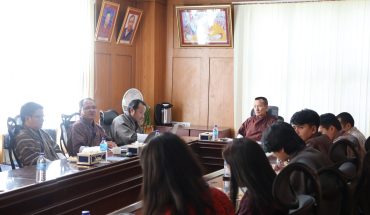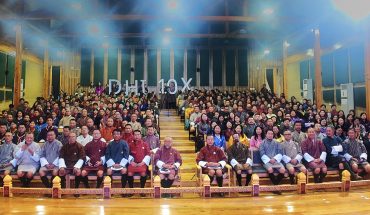As our nation eyes the ambitious goal of becoming a high-income Gross National Happiness (GNH) economy by 2034, the recently released Household Consumption and Expenditure Survey 2025 (HCES 2025) from the National Statistics Bureau reveals a harsh truth hiding behind the national vision.
The survey reveals the gap between the rich and the poor is not just wide, but is alarming.
The numbers speak plainly. The wealthiest 20% of Bhutanese households spend 2.6 times more than the poorest 20%.
While urban elites enjoy private education, dine in restaurants, stream digital services, and live in modern homes, rural families still rely on firewood for cooking, barter goods instead of buying them, and live in stone-mud houses with minimal access to modern conveniences.
How can we claim to be progressing toward “high-income” status when entire regions like Gasa, Zhemgang, and Lhuentse are effectively cut off from this march forward? These dzongkhags report the lowest spending levels, reflecting not frugality but systemic neglect and disparities in income, infrastructure, and opportunity.
Even within our urban centres, the divide is pronounced. Thimphu, Paro, and Gelephu dominate spending, while Phuentsholing Thromde reports shockingly low homeownership at just 17.3%, suggesting a swelling renter class with insecure living conditions.
Meanwhile, rural homeownership is high not because of wealth, but because of inheritance and lack of viable rental markets — a far cry from economic mobility.
Let us not be distracted by the surface achievements. Yes, electricity reaches 99% of households. Yes, LPG and CGI roofing have penetrated far and wide. But these are minimum standards. What’s missing is equity, a basic principle of a just society.
A high-income nation must not be defined by averages but by how the least privileged are lifted.
So, what must be done?
First, targeted wealth redistribution policies are essential. Bhutan must re-evaluate taxation frameworks, particularly property and luxury taxes in urban centres. Subsidies and incentives should favor rural entrepreneurship, agriculture modernization, and smallholder cooperatives and not urban landlords and middlemen.
Second, public investments must be aggressively rerouted toward rural dzongkhags. Roads, broadband, quality healthcare, and education cannot remain Thimphu-centric. A child in Lhuentse deserves as much access to quality schooling and internet as one in Paro.
Third, labour market reforms are crucial. With younger household heads emerging in urban areas, we must focus on meaningful employment and skills training in rural regions to prevent further brain drain into already-overcrowded cities.
Lastly, Bhutan must institutionalize wealth and consumption tracking, not just once every five years but continuously. Data transparency and community-led audits can help hold policy-makers accountable to those who remain unheard.
The HCES 2025 is a mirror. And what it shows is a nation at a crossroads. We can either build a GNH economy that includes all Bhutanese, or we can let inequality fracture the foundations of our future. The choice is ours, but breakthroughs must be made today.





